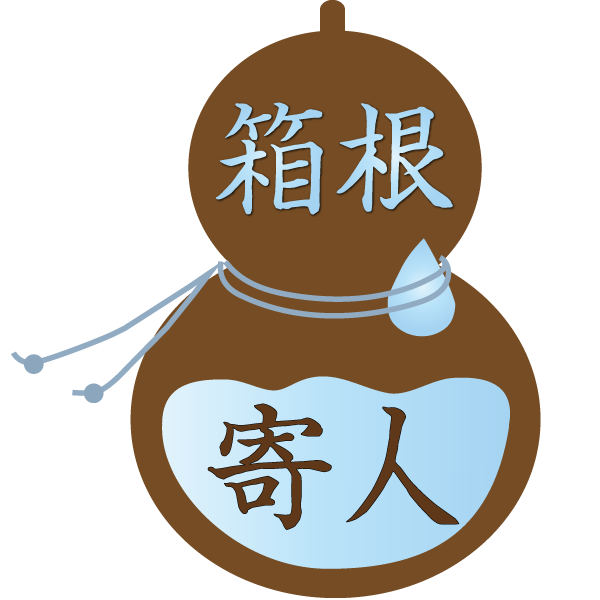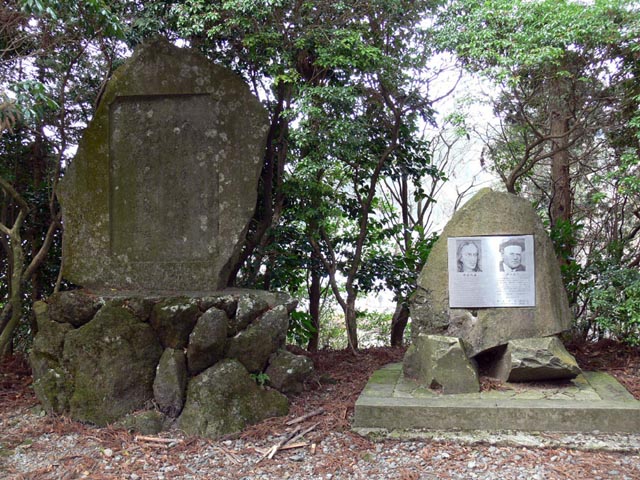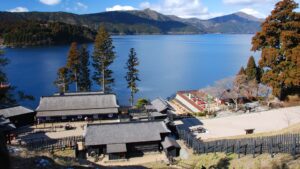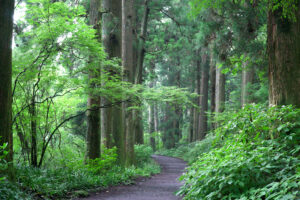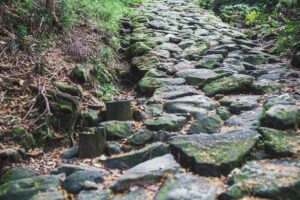A stone monument stands quietly in the corner of the cedar trees, where it is dark even in the daytime.
It is a monument honoring Kempel and Burney, two people from different cultures and eras who deeply loved Japan.
26 Kempel was from Germany and served as a doctor at the Dutch trading post in Dejima, Nagasaki, in the early Edo period.
As a member of the Dutch trade mission, he traveled back and forth between Nagasaki and Edo in 1691 and the following year to visit Edo.
His “Nihon-shi” (The History of Japan), a compilation of what he saw and heard about Japan’s geography, history, politics, institutions, religion, lifestyle, flora, fauna, etc., was later published in London in 1727.
It was the first book to introduce Japan to the West systematically.
In the book, Kempel describes in detail the upside-down cedars found in Lake Ashi.
Known as Sakasa-sugi, these cedars sank to the bottom of the lake due to landslides caused by an earthquake, and they are often seen beautifully reflected on the lake’s surface.
He writes about the cedar in the area: “In no other place in Japan do trees of this kind grow so high, straight, beautiful, and numerous.”
Kempel was also a Botanist and collected plants in Hakone. One of the fern specimens he brought back
was named Hakone fern. The samples he collected then are still kept in the Natural History Museum in London.
The ginkgo-like leaves of the Hakone fern can still be found in Hakone.
On the other hand, Barney was a British trader who had a villa by Lake Ashi in the Taisho era (1912-1926).
In 1922, Barney erected a monument in the hope that the beautiful nature of Japan would be preserved and handed down to future generations.
The monument quoted the preface to Kempel’s “Nihon-shi” (The History of Japan), written nearly 200 years before his time, describing the beauty of Japan.
Inscribed on 27 the monument are words praising the diligence of the Japanese people and the abundance of nature.
When Queen Elizabeth of the United Kingdom visited Japan in 1975, she read a passage from the preface as a testament to the history of Anglo-Japanese friendship at a banquet held at the Japanese Imperial Palace.
Standing in front of the Kempel-Burney monument, surrounded by quiet cedar trees, we can find ourselves reflecting on the relationship between Hakone and these two travelers who came here long ago.
References
-Kempel’s Travels to Edo (Edo Sambu Kiko), Tokyo Sunan-sha Library Edition
-Shizen kagaku no tobira, Vol. 14, No. 3, “Western Botanists Beyond Hakone” by Teruo
Katsuyama, Kanagawa Prefectural Museum of Planet Earth and Life
-Shizen kagaku no tobira, Vol. 20, No. 3, “Kempel’s Botanical Specimens” by Tokuhisa
Tanaka, Kanagawa Prefectural Museum of Life, Earth and Human Sciences
-Journal of Geography 102(4) 437-444 1993 “The Upside-Down Cedar in Hakone and
the Great Earthquake in Southern Kanto” by Yasue Oki
-Aruku・Miru Hakone Hachiri, by Michiya Tashiro, Kanagawa Shimbun Kanashin publications
-Hakone Hakone wo Mamoru Kai, Bulletin No.80 “The 34th Kempel Burney Festival” 28
-Hakonejin no Hakone Annai, Yumi Yamaguchi, Shinchosha, “Hakone is the cradle of botany.”
The writer of this article.
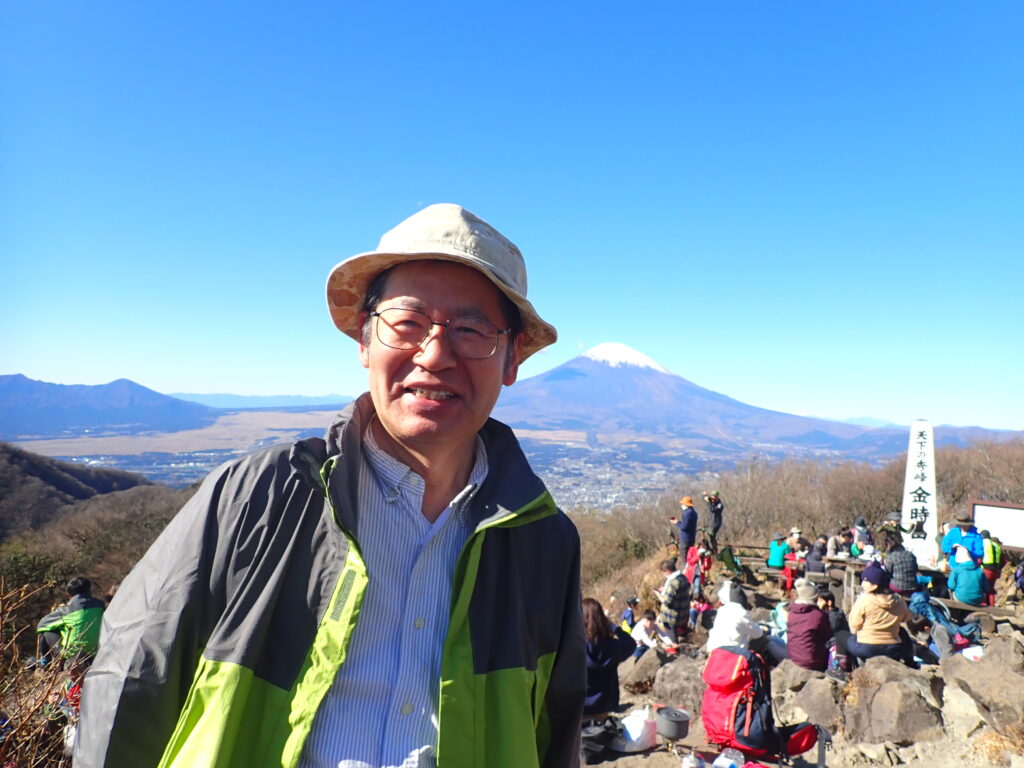
Guide: Yoshihiko Hatakeyama
I was born in Odawara, grew up in Hakone, and live in Odawara.
I am a member of the Hakone Tourist Guide Association and convey the charms of Hakone to our guests through guiding.
I am a regular tour guide at Hakone Owakudani.
As an engineer in the environmental department, I am also involved in the conservation of the natural environment.
